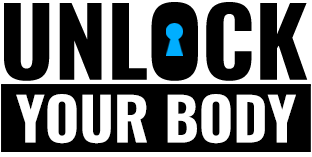Streamlining Your Health: Applying the KISS Method
Enter the realm of health and wellness! In today’s fast-paced society, keeping up with the latest diet trends and health fads can be challenging. With so much information readily available, it’s easy to feel overwhelmed and need clarification about where to start. That’s where the KISS method diet comes in; a philosophy emphasizing the vitality of simplicity and ease in making healthy choices. Whether you want to...
13 Best Ways to Get Back to Your Workout Plan & Stay Motivated
Staying physically active is always ideal, but at times it just isn’t possible to keep your regular exercise schedule. Life commitments, travel plans, or injuries can derail your fitness efforts and prevent you from exercising for periods of time. Getting back to your regular exercise routine can often be challenging, so finding ways to stay motivated to workout is key. Below we have shared our best tips for getting back to your...
Simple Exercises to Relieve Lower Back Pain
There are simple exercises that you can try on how to relieve lower back pain. The lumbar region, also known as the lower back, is situated under the ribcage. When lifting heavy weights with incorrect posture, this region is prone to acute strains that can result in low back pain. Also, a variety of other circumstances, like illness or trauma, can cause discomfort in the lower back. These injuries or conditions most commonly affect...
Spine & Chronic Back Pain: Signs to Get Serious on Your Back Workout
Your back is one of the most difficult areas to train, especially for people who stand or sit for long hours during the day. Back pain is one of the most common issues among desk-bound workers. In fact, the U.S. Bureau of Labor Statistics reports that more than 40% of Americans between the ages of 25 and 54 experience back pain each year. Chronic spine and back pain can be an incredibly debilitating condition. It can have an impact on...
To Shoe or NOT to Shoe
There are as many opinions regarding the use of shoes during exercise as there are brands of exercise shoes. Some trainers believe you must wear shoes to protect your feet, while others think it’s best to go barefoot for better balance and proprioception. Which is correct? The answer depends on what type of exercise you’re doing and your personal preferences. You’ll get a flood of answers if you Google, “Should I wear...








